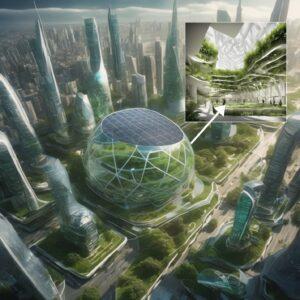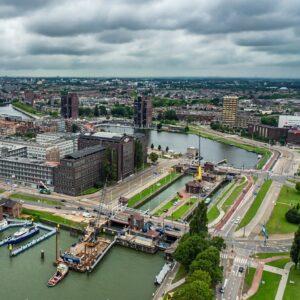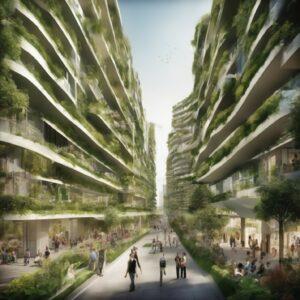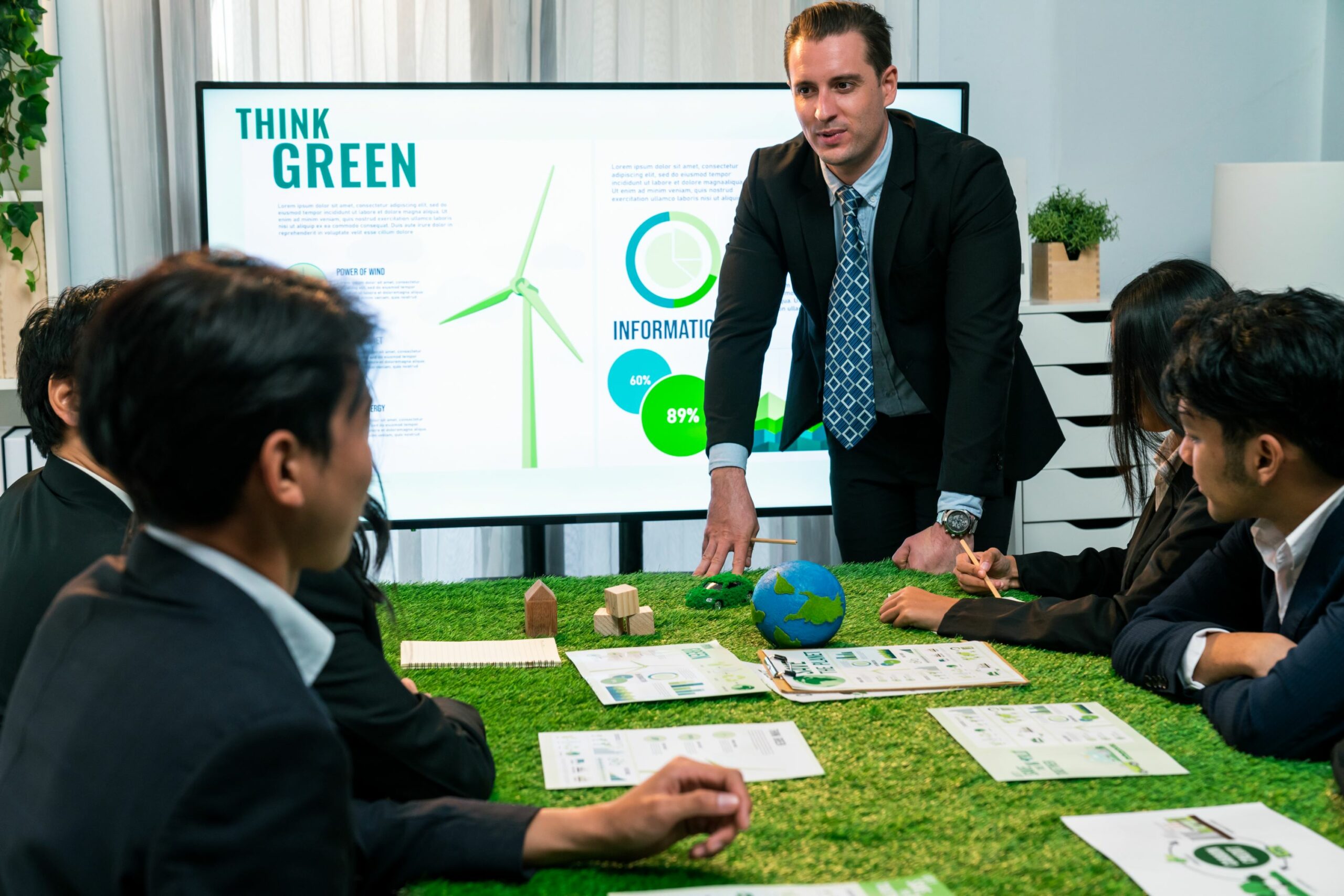Introduction:
The escalating consequences of global warming have spurred a wave of environmental consciousness across the globe. As the climate crisis intensifies, architects, engineers, and designers are stepping up to the challenge by incorporating sustainability and resilience into their new design concepts. This blog post explores the profound impact of global warming on the world of design and how innovative approaches are shaping a more sustainable and climate-ready future.
1. Climate-Responsive Architecture: Embracing Nature’s Wisdom
In the face of rising temperatures and extreme weather events, architects are turning to nature for inspiration. Climate-responsive architecture aims to harness the principles of biomimicry, adapting designs to mimic the efficiency and resilience found in nature. From energy-efficient building materials to integrated green spaces, these innovative designs merge functionality with environmental responsibility.

2. Net-Zero Buildings: A Race Against Climate Change
The need for sustainable buildings has never been more critical. Net-zero buildings, which produce as much energy as they consume, are becoming a focal point for the design community. This section explores cutting-edge technologies such as solar panels, geothermal heating, and smart energy management systems that enable these energy-efficient structures to thrive in a warming world.

3. Adaptable Infrastructure: Building for an Uncertain Future
As sea levels rise and extreme weather events become more frequent, traditional infrastructure faces significant challenges. Engineers and urban planners are now reimagining infrastructure to be adaptable and resilient. Discover how elevated roads, flexible flood barriers, and innovative drainage systems are being implemented to tackle the impacts of global warming head-on.

4. Green Urban Planning: Creating Sustainable Cities
With over half of the global population residing in urban areas, sustainable urban planning is crucial to combat climate change. This section explores the concept of green cities, where pedestrian-friendly neighbourhoods, green rooftops, and efficient public transportation systems are integrated to reduce carbon footprints and enhance the overall quality of life.

5. Circular Design: Rethinking the Lifecycle of Products
Global warming is not only about mitigating future impacts but also addressing current consumption patterns. Circular design, an approach that promotes a closed-loop system of production, use, and recycling, is gaining momentum. From biodegradable materials to products designed for disassembly and repurposing, this section delves into how designers are redefining product lifecycles for a more sustainable world.

6. Resilient Landscapes: Protecting Biodiversity in a Changing Climate
As natural ecosystems face unprecedented threats due to global warming, landscape architects are working to preserve and restore biodiversity. Discover how resilient landscapes combine ecological restoration, conservation, and community engagement to create spaces that can withstand the challenges of a changing climate.

Conclusion:
Global warming presents a daunting challenge that requires innovative solutions from the design community. Through climate-responsive architecture, net-zero buildings, adaptable infrastructure, green urban planning, circular design, and resilient landscapes, designers are paving the way towards a sustainable and climate-ready future. As the world faces this defining moment, embracing these new design concepts will be crucial in mitigating the impacts of global warming and creating a more resilient planet for generations to come.






